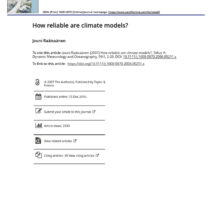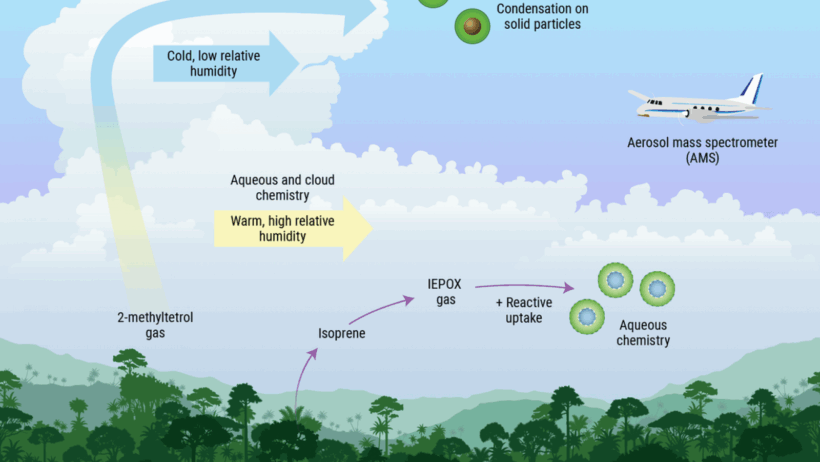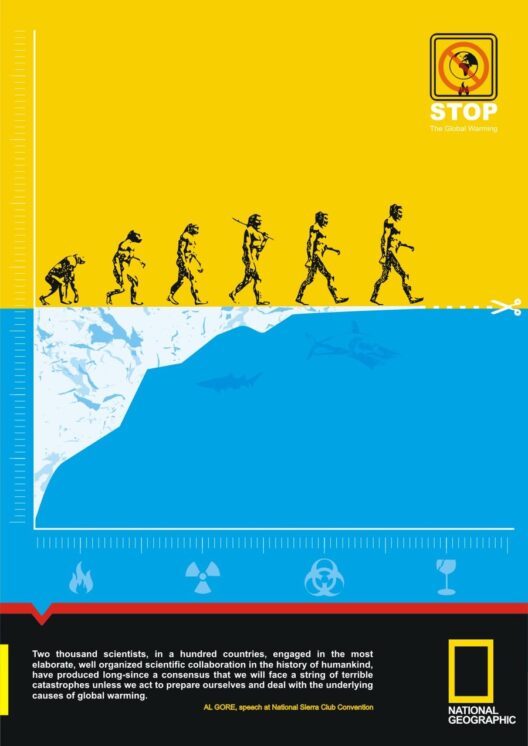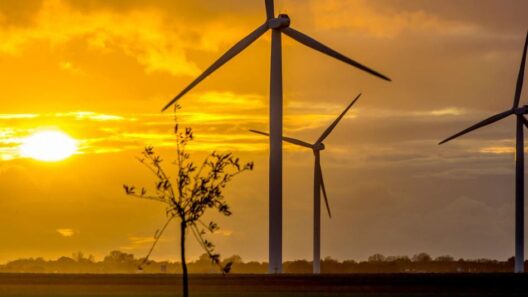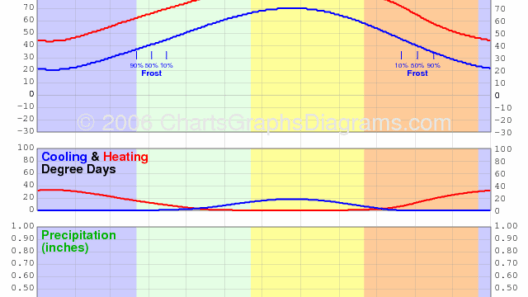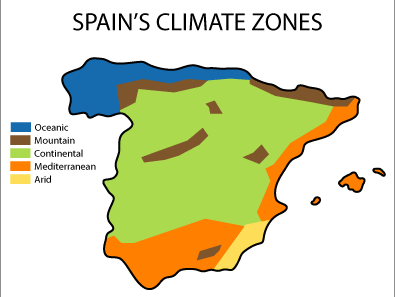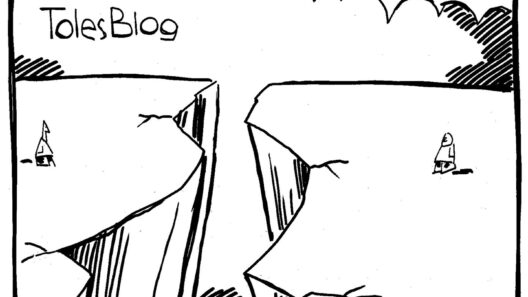The Amazon Rainforest, often dubbed the “lungs of the Earth,” is not just a captivating expanse of verdant biodiversity; it is a critical cornerstone of the global climate system. Bearing this in mind, one can’t help but ask: What happens when the lungs struggle to breathe? The climate of the Amazon is a complex interplay of heat, moisture, and atmospheric gases, but it now finds itself in a precarious state, threatened by both anthropogenic activities and natural phenomena. This situation poses a significant challenge—how do we respond to a crisis that jeopardizes not only a vast ecosystem but also the health of our planet?
To begin with, the climate of the Amazon can be characterized as humid and tropical, with an average temperature hovering around 25 to 30 degrees Celsius (77 to 86 degrees Fahrenheit). The region experiences copious rainfall, averaging between 1,500 to 3,000 millimeters (approximately 59 to 118 inches) annually. This humidity creates a unique microclimate that sustains an extraordinary variety of flora and fauna. However, rising deforestation rates and climate change are drastically shifting this equilibrium.
The phenomenon of deforestation serves as one of the prime antagonists against the Amazon’s climate. Widespread logging and land conversions for agriculture not only eliminate trees but also disrupt the region’s intricate hydrological cycles. Trees play a vital role in transpiration, releasing moisture back into the atmosphere. When these trees are cut down, the moisture levels drop, leading to altered rainfall patterns. This creates a vicious cycle: less rainfall results in drier conditions, which in turn breed more fires—further exacerbating deforestation and contributing to a warmer climate.
Moreover, the Amazon rainforests act as carbon sinks, absorbing vast amounts of carbon dioxide (CO2) and thereby mitigating the greenhouse gas effect. However, as trees are felled or burn, this carbon is released back into the atmosphere, exacerbating global warming. It’s worth pondering: how can we expect our planet to combat climate change when one of its most effective allies is under siege? The alarming rate of deforestation, estimated to range between 7,000 to 8,000 square kilometers annually, brings us face-to-face with an uncomfortable truth—if we don’t rectify our path, we may soon face a scenario where the Amazon will shift from being a vital carbon sink to a significant carbon source.
As the climate shifts, the biodiversity within the Amazon is also at risk. The rainforest is home to approximately 10% of all known species, including an array of mammals, birds, insects, and plants. These species are bred from millions of years of evolution, each adapted to the specific climate and ecological niches of the Amazon. However, with climate change resulting in temperature increases and altered rainfall patterns, habitat loss will likely ensue. This shifting landscape prompts another question: Are we prepared to witness the extinction of irreplaceable species, many of which are yet to be discovered?
Furthermore, the impacts of climate change on indigenous communities living within the Amazon are profound and far-reaching. Many of these communities rely on their immediate environment for sustenance, culture, and spirituality. As the climate continues to change, these communities face threats to their livelihoods. Water sources can become contaminated or scarce, and traditional agriculture may no longer yield adequate results. The resilience of these communities is admirable, but it raises an ethical dilemma: what responsibility do we shoulder as global citizens to protect these vulnerable populations who are disproportionately affected by climate change?
Addressing these challenges requires more than mere acknowledgment; decisive, cohesive action is imperative. Rainforest conservation initiatives, reforestation projects, and the enforcement of stricter regulations against illegal logging are crucial measures. Moreover, the promotion of sustainable agricultural practices will play a pivotal role in ensuring that the Amazon is preserved without compromising the local economies. However, such efforts cannot progress if they are not supported by global engagement and cooperation; the health of the Amazon ultimately concerns us all.
Additionally, greater emphasis on scientific research is vital. Understanding the complexities of the Amazon’s climate dynamics will enable us to make informed decisions that can stave off ecological collapse. However, research shouldn’t be confined to academic circles — collaboration with local communities can yield transformative insights and foster a shared responsibility towards the conservation of this vital ecosystem.
In conclusion, the climate of the Amazon Rainforest stands as a testament to Earth’s intricate balance. Its degradation not only threatens its rich biodiversity but has far-reaching implications for global climate stability. The question posed earlier looms large: What happens when the lungs struggle to breathe? The answer lies in our commitment to act decisively, to educate ourselves and others, and to champion the cause of the Amazon Rainforest. Nature has bestowed upon us a lifeline; it is our duty to ensure it continues to thrive for generations to come, ultimately reaffirming our connection to this remarkable planet.

